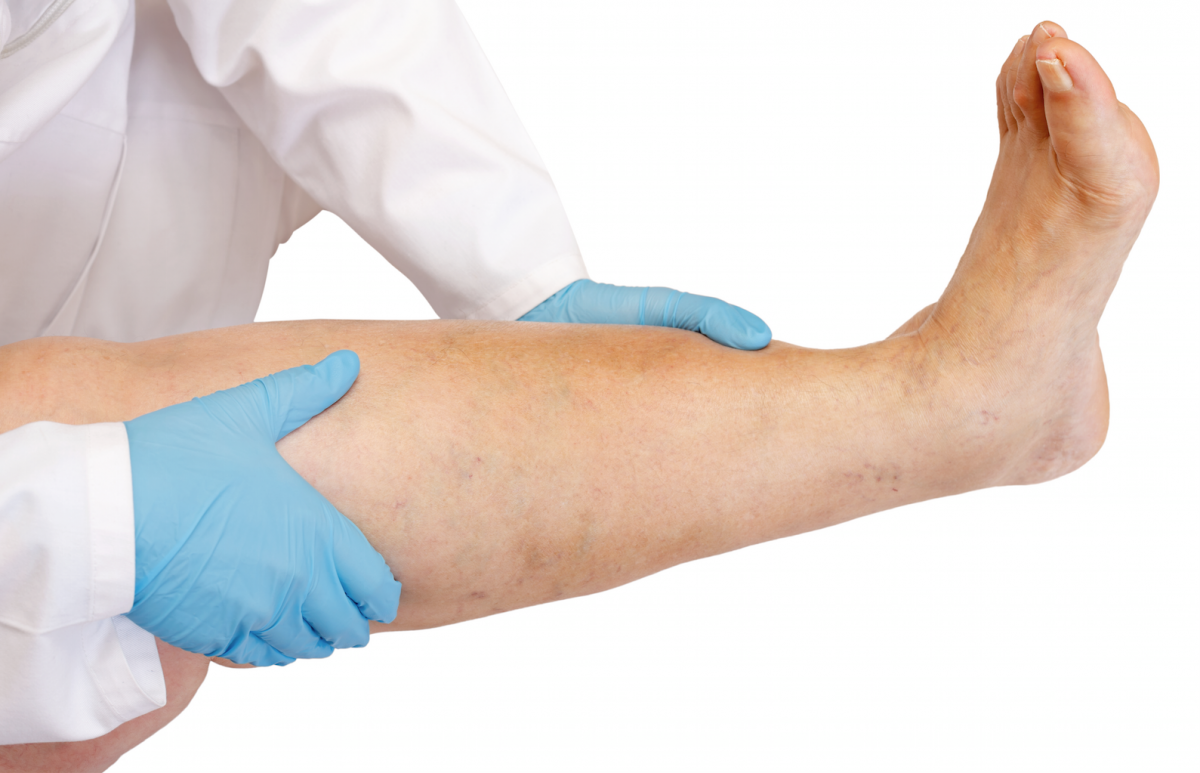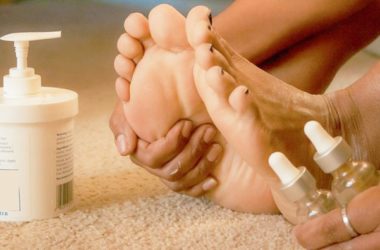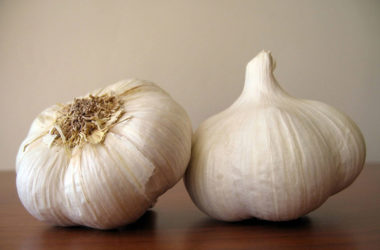Peripheral vascular disease or PVC is a disorder wherein the blood vessels situated outside the heart and brain end up narrowed, impeding the circulation of blood to the tissues and organs. It has many different probable causes and it may lead to some very serious complications if left untreated. In treating PVC, there are 2 main goals: to have the various symptoms managed, and to keep the disease from progressing and causing further problems.
PVD that affects the arteries is referred to as peripheral arterial disease or PAD, which is said to be the most common form of peripheral vascular disease. Experts say that up to 20 percent of individuals over 65 years of age have PAD. When PVD affects veins lying deep in the skin, it is referred to as deep vein thrombosis or DVT.
Cause of PVD
As mentioned earlier, PVD is due to the narrowing of the peripheral blood vessels. The said narrowing is commonly due to what’s known as arteriosclerosis — the deposition of plaque on the inner walls of the arteries, something that impedes blood flow. Arteriosclerosis is also commonly known as the hardening of the arteries.
It’s not unlikely for blood clots to form as more and more plaque collect in the arteries. The presence of blood clots can further cause blockage in the flow of blood.
PVD Types
Experts categorize peripheral vascular disease into 2 types: functional and organic.
Functional PVD involves no physical problem in the blood vessels. Spasms that occur in the affected blood vessels cause the problem. Functional PVD tends to cause symptoms that are short-term in nature. Some of the most common reasons why functional PVD develops include smoking, emotional stress, cold temperatures and the use of vibrating tools or machines.
On the other hand, organic PVD involves changes in the structure of the blood vessels. It’s something that lead to problems such as blockages, inflammation and even tissue damage due to the impeded blood supply. Organic PVD can be caused by smoking, diabetes, high cholesterol levels and high blood pressure. Experts say that infections, injury to the extremities, and abnormality in the structure of ligaments and muscles are other causes.
Risk Factors
The development of peripheral vascular disease can be blamed for many different things. Some of them include age and certain conditions such as menopause, diabetes, stroke, high cholesterol levels and high blood pressure. Having kidney disease is also regarded as a risk factor.
Certain risk factors are said to be related to lifestyle choices. One example is smoking. Another is leading a sedentary lifestyle. Lack of exercise may lead to obesity, something which is considered as a risk factor for PVD.
Signs and Symptoms
Most people with peripheral vascular disease encounter no symptom at all. Others with PVD may experience different symptoms that develop slowly and irregularly. Some of them include fatigue, cramping and burning sensation in the leg, which is usually encountered when walking faster or for long distances. The symptoms tend to worsen as the physical activity intensifies, and tend to be relieved upon resting.
As PVD advances, the symptoms worsen. In fact, there may be fatigue and pain in the leg even during rest. Due to the reduction in blood supply, there are a few other signs and symptoms that may be encountered. Some of them include weak pulses, bluish discoloration of the toes, legs or arms, and muscle cramps and heaviness.
Someone with PVD may also develop wounds or ulcers in the legs that refuse to heal. Since the supply of blood to the tissues is reduced or restricted, tissue death (gangrene) may develop.
PVD Treatment
Medications may be prescribed by a doctor in order to increase blood flow to the legs or reduce the risk of developing blood clots. In some instances, the root cause (high blood pressure, diabetes, etc.) is the one treated with medications.
Often, doing some lifestyle changes can help in dealing with the signs and symptoms as well as in keeping the disease from progressing. Some of these lifestyle changes include quitting smoking, reducing excess weight and opting for a healthy diet. Significant blockages may require the patient to undergo surgery.













